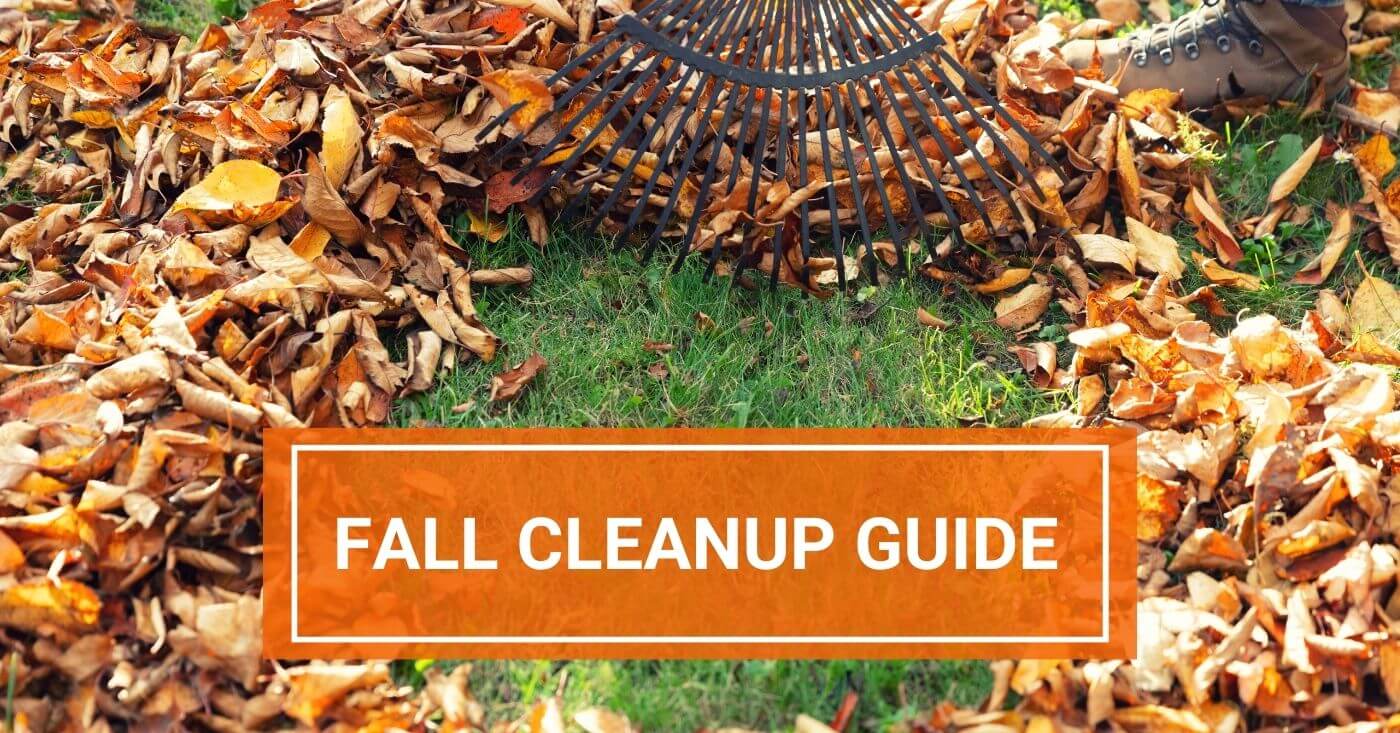Ah, fall—the season of cozy sweaters, pumpkin-spiced everything, and vibrant foliage. Not only is fall the best time to plant most trees, shrubs, and perennials (see our fall planting guide for more info), but it’s also a great time to hone your gardening clean-up skills. Join us on this epic journey through the art of fall cleanup, where we'll help you turn your garden into a masterpiece of tidiness.
These tips are especially helpful for those of us in the northern half of the country, as our growing season is shortened considerably. For those in growing zones 8-10, not all of these may be beneficial for you, but a good fall cleanup is never a bad idea!
Gear-Up
Gather up all the gear you might need: your tools, gloves, wheelbarrows, and family members. Bribery is encouraged for convincing spouses and children to help in the cleanup. We recommend some warm cider, caramel apples, pumpkin seeds, pumpkin spice, or anything to motivate. Many hands make for easy work!
The Debris Debacle
Clear out any debris from landscape and flower beds and from under trees or shrubs. Dead or diseased tree or shrub branches should be removed at this time. If you have a vegetable garden, it’s the perfect time to remove the old plants and add a layer of compost to add nutrients back into the soil for spring. If you don’t have anywhere to dispose of your yard debris, some cities have designated dates for curbside debris pickup or collection sites/composting centers.
The Race to Leaf Mountain
All those beautiful red, orange, and yellow leaves looked gorgeous on the trees. But now they’re covering your lawn and blowing inside your garage door on a windy day. And while we love a good crunchy sound under our shoes, we probably don’t want patches of dead grass come spring. Areas with sparse leaves can be mowed and will break down naturally over the winter. But for areas where leaves are thick, grab your rake and whisper sweet nothings to those leaves as you pile them into massive leaf piles. For added motivation and entertainment, challenge your family members to a leaf race and see who can rake the biggest pile! Yes, jumping into the piles after creating them is encouraged.

Conquer the Compost
Don't let those leaves go to waste! Turn your compost pile into a work of art. Create a "compost mural" by layering leaves with kitchen scraps, pumpkin carving leftovers, and grass clippings. Come next spring, you'll have nutrient-rich compost for next year's garden or landscape beds.
The Perennial Haircut
No, we’re not talking about giving all your plants the “Rachel” haircut, but after the first few hard frosts, some perennials should be pruned. Also at that time, cut back any withered or diseased plants. Some of the perennials that especially need fall pruning are daylilies, hostas, iris, peonies, and bee balm (monarda). You can always use this form to contact us if you’re unsure about whether your perennial belongs in the category of needing a fall prune.
The Evergreen Bath
Watering young evergreens before the ground freezes is vital. Just because there have been a few frosts doesn’t mean it’s time to put the hose away. If you have young evergreens that are trying to establish roots, they must have moisture in the ground. Evergreens give off moisture in the cold winter months, causing their foliage to dry out and become more susceptible to wind burns. Give their roots one last good soaking before the ground freezes to ride out the cold months and help protect them from disease and burns.

The Winter Wardrobe
In winter, when food is scarce, some animals like deer and rabbits will eat just about anything to survive. That includes your prized plants. Protect your trees and shrubs by putting up a barrier of chicken wire or hardware cloth. Bury it a few inches into the soil to prevent burrowing rodents from making homes in your foliage.
New plants can also become damaged if hit with an unusually cold, windy winter in their first year or two after being planted. Protect them from the elements with burlap, old blankets, or shrub wraps. This will also help deter deer from snacking on your plants.
The Mulching Magic
Most may think of mulching in spring, but adding a fresh layer of organic mulch in fall is just as beneficial to your plant stock. Mulch not only locks in moisture, but also helps retain heat from the warmer days, which protects your precious plants in the bitter months to come. For more on mulching, check out our mulching guide!
To Sum It Up
Fall cleanup doesn't have to be a chore, it can be a family activity, or refreshing time spent in nature preparing for the coming season. Embrace your inner leaf warrior, rally yourself or your family, and turn this annual task into an autumn celebration. Happy gardening, and may your garden be the envy of the neighborhood this fall!
If you're looking for more gardening tips and tricks, visit our Green Tips page for guides on watering, deadheading, mulching, and more!

